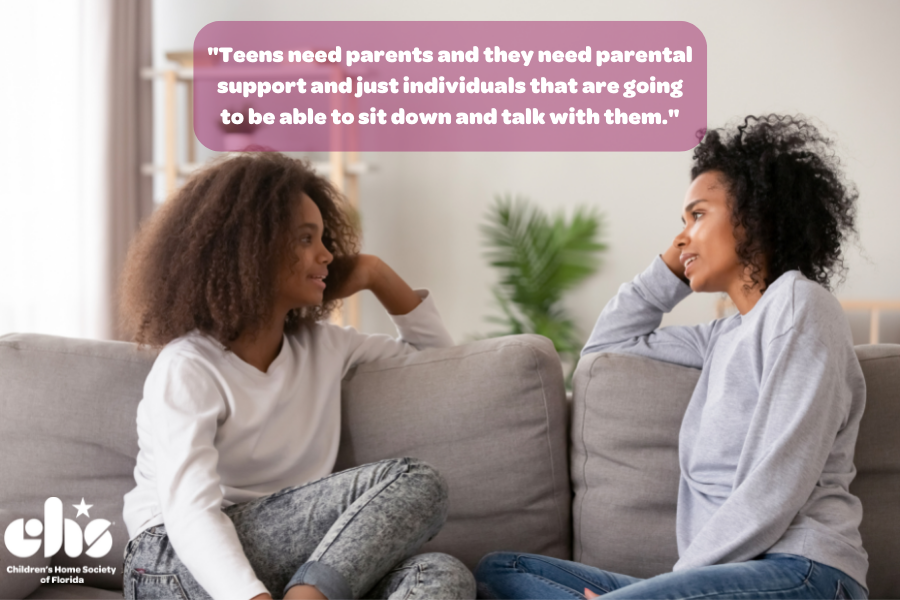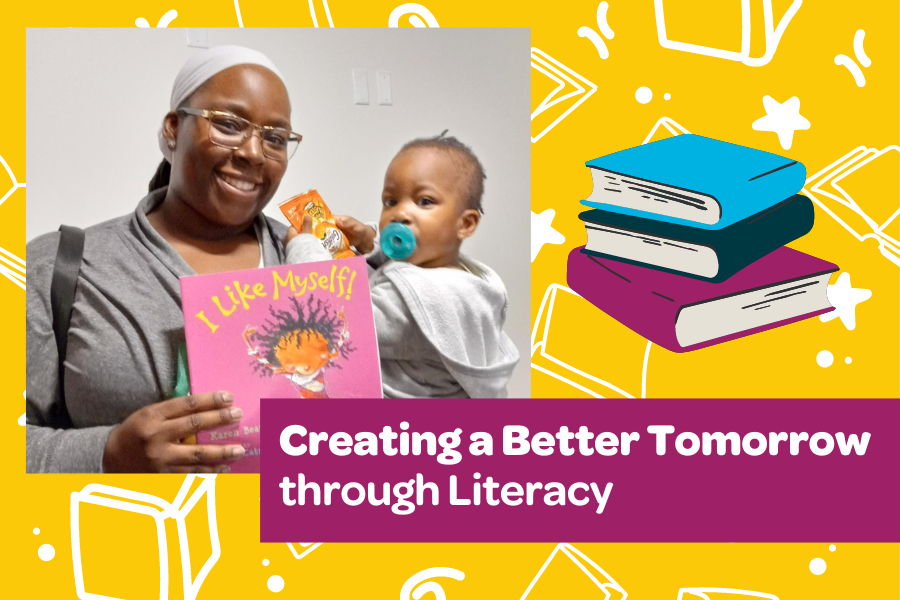VOLUSIA COUNTY, Fla. —
Allison Merritt and her husband Clay Merritt have two grown children, so for the last decade, they have been welcoming foster children into their Palm Coast home.
“Try to provide them some normalcy, a family atmosphere and stuff like that,” Clay Merritt said.
Right now, the couple is caring for an 11-year-old boy and a 14-year-old girl, but over the years several dozen children have called their house home. They take children that are hardest to place — 13 to 17-year-olds. More than 200 children of that age are currently in non-familial foster care in the Volusia/Flagler/Putnam tri-county area and nearly as many waiting for placement.
Maia Bass is a dependency program manager for Florida Children’s Home Society, the largest foster care placement organization in the state Bass says younger children aren’t as aware of the issues that have fractured the family and adjust easier to temporary care. Teens have lived through the trauma and through no fault of their own, are hit hard as they separate from family, friends and school.
“They are being uprooted for something that a parent has done, so I think that’s the biggest challenge, so they are at times upset, angry,” Bass said.
Eight to ten percent of teenagers in need of foster care in Florida are in group homes, and while those homes play a vital role, advocates say the 13 to 17-year-old age group, in particular, does better with one-on-one care than individual foster families can offer.
“When you have great foster parents that are compassionate and understand that, I think it makes it really easy for them to be able to adapt and understand their situation,” Bass said.
But sometimes, all the love in the world can’t overcome the transition. The Merritts are both first responders. He’s a fire lieutenant in Flagler County and she’s with the Putnam County Sheriff’s Office, so they felt able to welcome a 16-year-old accused of armed robbery.
They worked to nurture him and got him back in school. But after seven months, the relationship just wasn’t working and he went back to a prior foster family. Not long after, Allison Merritt says she was stunned to hear from the teen who not only graduated, but did so a year early.
“He thanked me for everything I had done and basically motivated him to move forward and– wasn’t expecting that, never expected to hear from that child again,” Allison Merritt said.
The goal is to return these children to their natural homes if possible. The Merritts have sometimes co-parented with the biological parents to make that happen, but in the short term, the children are not guests. They are family with chores, playdates and vacations.
“Teens need parents and they need parental support and just individuals that are going to be able to sit down and talk with them,” Bass said.
Placement organizations do offer foster families additional support resources and there is a modest stipend. They just need more families willing to take a chance on a child who, generally, through no fault of their own, needs a loving family to bridge a difficult gap.
Originally Posted by wesh.com
By Claire Metz










